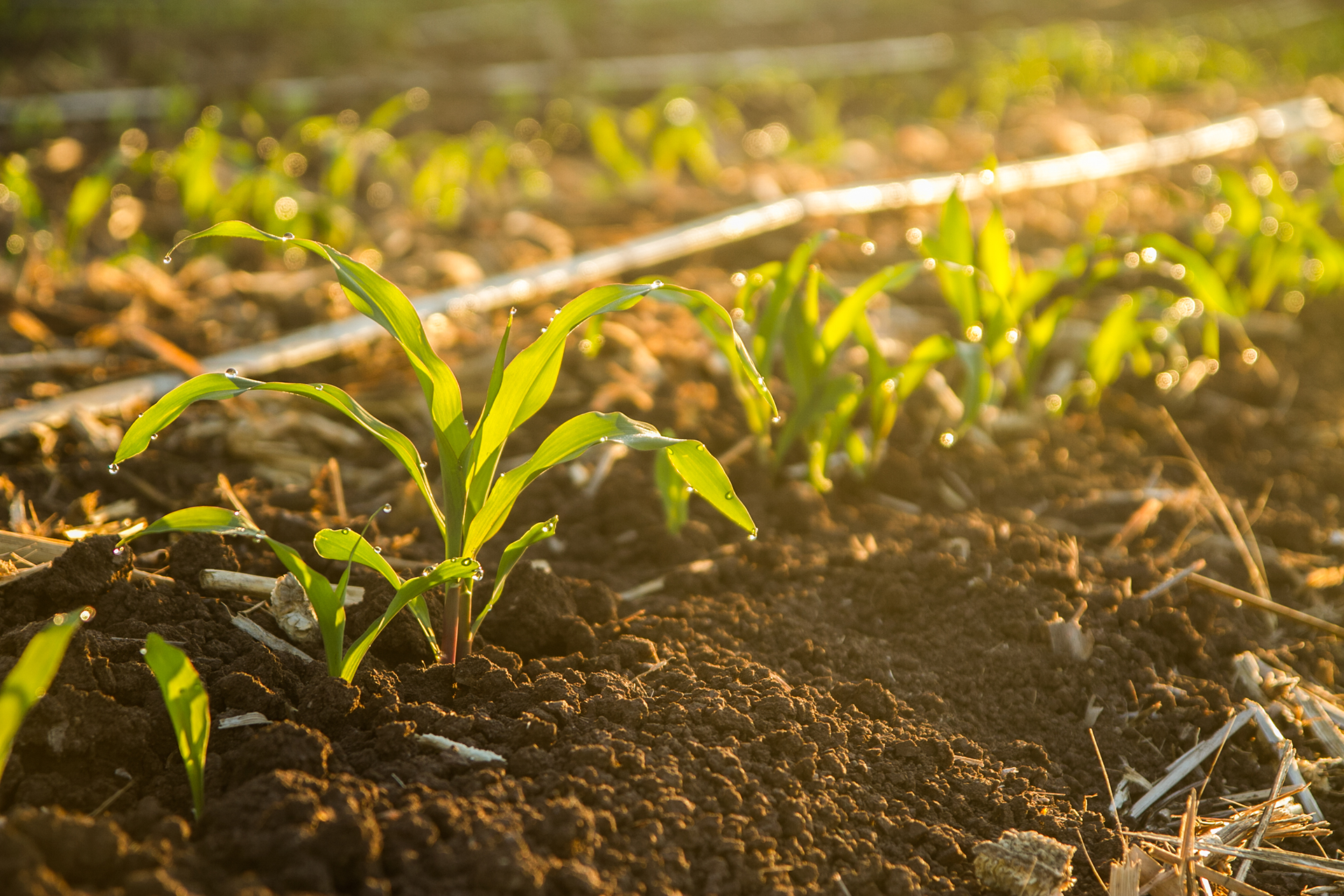Increases in the cost of commodities, widespread supply shortages and global oil price hikes are just some of the micro- and macro-economic factors that have contributed to the rising costs of farming input costs. The price of fertilizer – and by extension, machinery and seeds – have skyrocketed, placing agricultural suppliers under pressure.
The solution to easing this cost burden lies in forming strategic partnerships and offering farmers real, meaningful value in the form of technology, support and expertise, maintains Louis Strydom, Marketing Director of Omnia Agriculture.
“In order to mitigate costs, farmers need to be regarded as partners, and we do this through a holistic process where we offer both support and guidance. We are deeply invested in their success as business owners.”
The production of fertilizer is far more complex than many may realise. The quality of the product relies on finite details, including hardness, granule size, dust, abrasion, coating, bulk density, and caking tendency. Likewise, the chemical composition of fertilizer needs to be precise and to comply with a stringent set of controls to ensure safe use on crops.
Sub-standard fertilizers can cause a lot of frustration, waste time and even affect crop quality and yield. Beyond this, there are also several additional factors that need to be considered. “Each farm is unique, which is why fertilizer manufacturers and suppliers to the agricultural industry need to tailor their products and services to the needs of their customers,” says Strydom.
Without this individualised level of attention, some farmers will be left behind. “Therefore, it is important for agricultural fertilizer manufacturers and suppliers to focus on offering solutions to partners – not from a cost-focused mindset – but from one that maximises the potential outcome,” he adds.
This is the philosophy on which Omnia’s Nutriology™ model was based, “It has given us a reference point for how we interact with every partner along our value chain. In doing so, we’ve been able to help farmers optimise their yields and ultimately, reap a good return on their investment,” says Strydom.
He adds that a key contributor to realising this vision is the advice provided to partners by the business’ strong agronomic support team. “These experts are able to advise beyond merely supplying fertilizer products, but rather give farmers practical tools and support with which to optimise their farming needs.
“Their advice pertains to a wide range of aspects, including how to identify and curb the growth of various types of weeds and how to build more water-efficient operations to increase the ‘crop per drop’.”
Much of the work executed by these agronomists relies on the effective use of technology. For example, satellite imagery can be used to capture images of the crops and then analysed in granular detail to extract useful datapoints. That data can, in turn, be used to advise farmers on how to adapt their use of certain products, tools and techniques – not only before the growing process but throughout.
Omnia also employs advanced technology to identify and analyse the growth of certain weeds around farmers’ crops throughout the growing season. Using this data, agronomists can then advise farmers on the quantity of spray needed to control weed growth and how to use fewer chemicals to produce the desired result. Using this kind of technology, farmers can reduce the chemicals used by 50% – 60%, which makes a big difference to the bottom line.
The use of technology in this way is part of what is known as precision farming, which is an approach to managing agricultural practices using technology to improve efficiency, productivity, and sustainability. It can involve the use of advanced technologies, such as GPS (Global Positioning System), GIS (Geographic Information System), sensors, drones, and data analytics, to optimise various aspects of farming operations.
“The effective interpretation of the data we collect using this kind of technology is where the real value lies. We also provide farmers with the technical support they need to execute on our advice and recommendations. In this way, we’ve been able to build relationships with farmers on the ground, who have a short window in which to act to produce a profitable yield.
“This approach has enabled us to establish a resilient operating model that embraces economic, social and environmental relationships through an integrated, sustainable approach that encompasses all stakeholders,” concludes Strydom.









